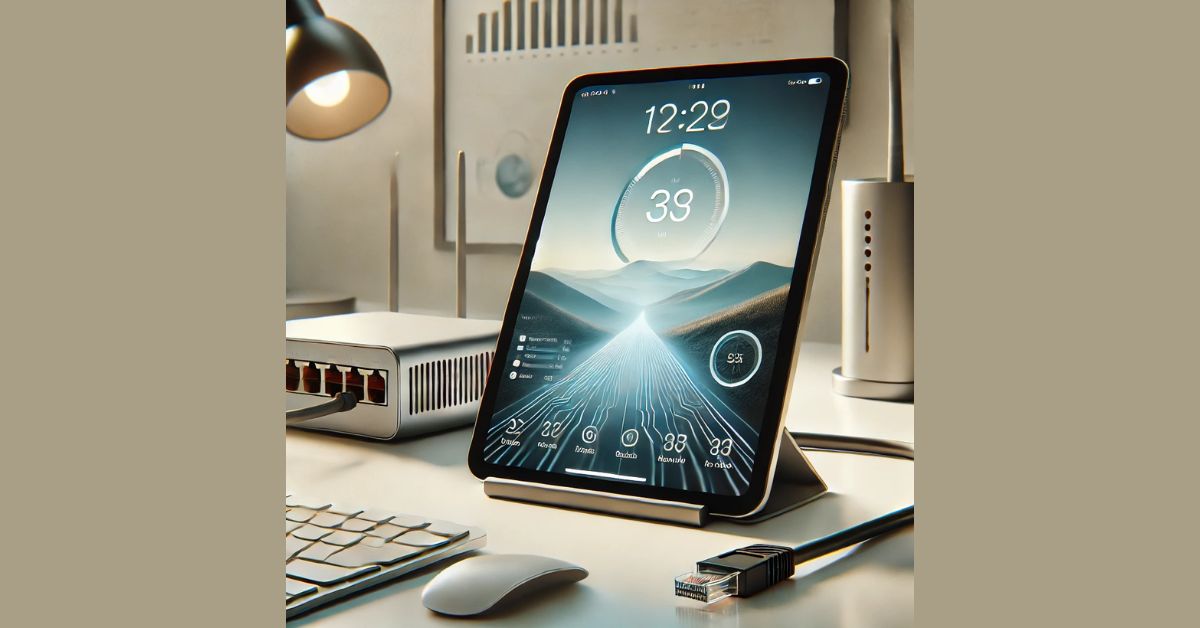Taking a screenshot on a Mac is simple and essential. It captures everything from work documents to memorable moments. This guide is for new Mac users and those needing a refresher. It will show you various ways to take screenshots on a Mac, including shortcuts and tips.
1. How to Take a Screenshot of the Entire Screen on Mac
If you want to capture your entire screen, follow these steps:
- Press Command + Shift + 3.
- You’ll hear a camera shutter sound, indicating the screenshot has been taken.
- The image will automatically be saved to your desktop as a .png file.
This method captures everything on your screen. It’s perfect for saving full-page content.
2. How to Capture a Selected Portion of the Screen
If you only want to screenshot a specific area, Mac provides a quick method:
- Press Command + Shift + 4.
- Your cursor will change to a crosshair.
- Click and drag to select the area you want to capture.
- Release the mouse or trackpad to take the screenshot.
Once released, the captured portion will appear on your desktop.
3. How to Screenshot a Window on Mac
For users who prefer to capture specific windows, here’s a handy shortcut:
- Press Command + Shift + 4, then press the Spacebar.
- Your cursor will change to a camera icon.
- Hover over the window you want to capture and click.
- The screenshot will save to your desktop.
This method captures only the selected window. So, no editing is needed.
4. How to Use the Screenshot Toolbar on Mac
For better control over your screenshots, Mac added a Screenshot Toolbar in macOS Mojave and later.
- Press Command + Shift + 5.
- A toolbar will appear at the bottom of your screen. It will have options to capture the entire screen, a window, or a selected portion. You can even record your screen.
It helps users needing advanced options, like screen recording or saving to a specific folder.
5. How to Screenshot the Touch Bar on a MacBook Pro
If your MacBook Pro has a Touch Bar, you can also capture it with a screenshot:
- Press Command + Shift + 6.
- The Touch Bar’s current display will be saved as a screenshot.
This is particularly helpful for those who use custom buttons or settings on the Touch Bar.
6. Where Do Mac Screenshots Go?
By default, all screenshots are saved to your desktop. The filename includes the date and time of capture, making it easy to track multiple images. However, if you want to change the default save location, here’s how:
- Press Command + Shift + 5 to open the Screenshot Toolbar.
- Click on “Options” and select the desired location (e.g., Documents, Clipboard, etc.).
7. How to Screenshot on Mac Without Saving to Desktop
If you want to take a screenshot without saving it as a file, you can copy it directly to your clipboard:
- Press Command + Control + Shift + 3 for the entire screen.
- Press Command + Control + Shift + 4 for a selected portion.
You can then paste the screenshot directly into apps like Messages, Mail, or Photoshop.
8. Editing and Annotating Screenshots on Mac
Mac also provides easy editing tools to annotate your screenshots:
- A thumbnail will briefly appear in the lower-right corner of your screen after you take a screenshot.
- Click the thumbnail to open the screenshot in the Markup tool.
- You can crop, highlight, draw, or add text before saving or sharing.
9. Third-Party Apps for Taking Screenshots
Mac’s built-in screenshot tools are efficient. But, you may want more features, like cloud storage or advanced editing. Here are some popular third-party apps:
- Snagit: Offers powerful editing tools and a user-friendly interface.
- Lightshot: A lightweight app that simplifies taking and sharing screenshots.
- Monosnap lets users take screenshots, annotate, and upload them to the cloud.
Learn: How to Screen Record on a Mac
Conclusion
Learning how to screenshot on a Mac is easy with the built-in shortcuts and tools. You can capture your entire screen, a part, or the Touch Bar. Just use a few keystrokes. For advanced needs, third-party apps can offer additional functionality. With this guide, you’ll be taking, saving, and editing screenshots on your Mac like a pro.
FAQs
How do I screenshot the entire screen on a Mac?
- Press Command + Shift + 3 to capture the entire screen. The screenshot will be saved automatically to your desktop.
How can I capture a specific portion of the screen?
- Press Command + Shift + 4, then click and drag the crosshair to select the area you want to capture. Release to take the screenshot.
Where are screenshots saved on a Mac?
- By default, screenshots are saved to your desktop, but you can change the save location by pressing Command + Shift + 5 and adjusting the settings in the Screenshot Toolbar.
How do I take a screenshot of a specific window?
- Press Command + Shift + 4, then press the Spacebar. Click on the window you want to capture.
Can I copy a screenshot to the clipboard without saving it?
- Yes, press Command + Control + Shift + 3 to copy the entire screen, or Command + Control + Shift + 4 for a selected area. You can then paste it into any application.
Learn about: How to Clear Cache on iPhone










